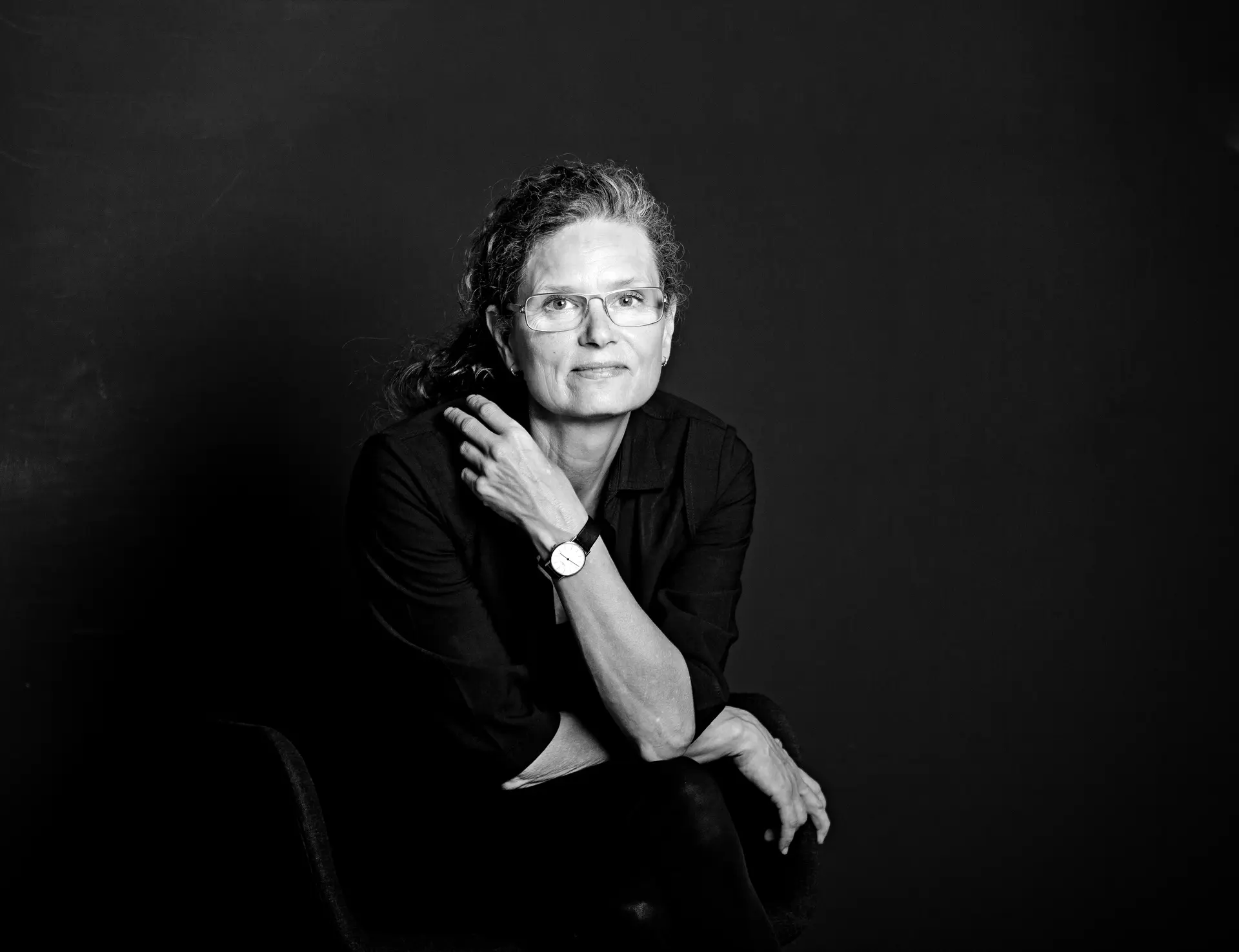
Bergen, Norway
2024 - 2031
Griegkvartalet
Blending city, culture, and nature, Griegkvartalet in western Norway will expand the city’s creative and natural landscape. Focusing on urban mobility, biodiversity, and communal spaces, we look to transform the space into a cultural powerhouse within the historic city.
Project details
Located on the western coast of Norway, the city of Bergen holds a rich cultural and musical heritage partially attributed to the composer, and Bergen native, Edvard Grieg. With many cultural landmarks including a concert hall, a music school and its professional choir named after him, our design for Griegkvartalet represents an effort to continue this legacy while enriching the city’s creative and natural landscape.
Designed as an addition to Grieghallen – Bergen’s existing cultural venue built in 1978 and designed by Danish architect, Knud Munk – the new music theatre will elevate the city’s artistic character while preserving the rich identity of the present building. Our design aims to create harmony between the two buildings, strengthening Bergen’s cultural offering to its roughly 300,000 citizens and the 2.7 million tourists who visit annually.
The space consists of a 24,000m2 music and conference hall featuring a theater and orchestra pit, an exhibition venue, a café, and multipurpose rehearsal spaces. A revitalization of the surrounding outdoor square features spaces for rest and conversation, a seasonal planting strategy, and a sunlit café, complimented by a sheltered outdoor space.


“It’s about building on history without making a copy of the past. We do this with a design that does not compete but adds itself as an architectural counterpoint to the first violin, Grieghallen.”
Fred Awty
Design Director, Norway
Blending history and future
The new concert hall is carefully designed with a minimized size and footprint to preserve the large urban space while complementing Grieghallen’s iconic design. The two building forms will be built to enhance one another, with the soft curves of the music theatre introducing new movement and interaction in the space, the shape of the building invites the city in. The hall’s design will accommodate 1,015 spectators with an additional 140 seats extending over the orchestra pit.
“Placing a new music theater next to the Grieghallen is no easy task. We must respect and safeguard the building’s history and identity. It’s about building on history without making a copy of the past. We do this with a design that does not compete but adds itself as an architectural counterpoint to the first violin, Grieghallen” says Fred Awty, Design Director, Norway.
New exhibition areas spanning 3,570m2 will offer a dynamic canvas for cultural exploration and engagement. Offering dual access points – through the current entrance a Grieghallen’s first floor and a new entryway from Edward Grieg’s Square – the foyer connects the space to the city. Adjacent to the common areas will be a versatile rehearsal room, designed not only for rehearsals but also for multifaceted utilization – transforming into a venue for performances, conferences, and events. Featuring dimensions mirroring those of the main stage, and furnished with a telescopic amphitheater, the room will accommodate and additional 140 seats.



Landscape architecture
Edward Grieg's square
The new theater’s organic arch shape will transform the square into a fluid landscape, creating a contrast to the existing Grieghallen’s sharp, straight lines. The pavement is pulled all the way to the façade to create an inviting carpet that brings together culture and city life. From intimate acoustic concerts under the shade of a tree, a variety of cultural events spread out onto the square and into the city, forming a dynamic platform for outdoor experiences.
“Grieg Quarter will anchor Bergen's position as a modern and ambitious city of culture. By creating the framework for a setting where the city is invited into the space to enjoy the familiar and the new, the arts center will unlock huge cultural potential for Bergen and Grieg Quarter,” says Ingela Larsson, Partner and Architect.
Along Strømgaten, linden trees will act as a dispersal corridor for insect and bird species. Through a dynamic planting scheme, incorporating native flora like Witch’s Egg and Meadowcress, Edward Grieg’s Square will become a hub for butterfly species, enhancing ecological connectivity in Bergen. New biodiversity will offer natural value as well as decorative seasonal variation.


Microclimate as a design driver
With its close connection to the mountains and water, Edward Grieg’s Square will include a water management strategy to support the local ecosystems and everyday visitors. Our plan employs various climate adaptation solutions to accommodate Bergen’s heavy yearly rainfall. Permeable surfaces will replace existing pavement where possible for stormwater to easily flow through, while the site’s topography leads water to infiltration areas, such as submerged plant beds and a sunken gutter along the road. Blue, green, and blue-green roofs will cover the new buildings further increasing the share of blue-green infrastructure to 50% of the area.
Wind levels pose an additional issue for the square as presently, strong winds and a bottleneck effect between buildings contribute to high wind speeds, creating discomfort in the outdoor space. Incorporating wind and solar conditions into the design process, what has previously existed as a hallway for pedestrian traffic will become a varied square with several zones for both natural and cultural growth.
Strategically designed curves in the building redirect wind patterns, reducing wind speeds across the square while maintaining solar impact and creating comfortable pockets shielded by carefully placed vegetation. Key areas such as the new and the existing entrances, as well as living spaces benefit from these interventions, fostering an inviting environment for recreation and gatherings.

Contact
All contacts
Design Director, Norway

Lead Design Architect

Design Director
Next project
Canberra Theatre Centre
Explore project